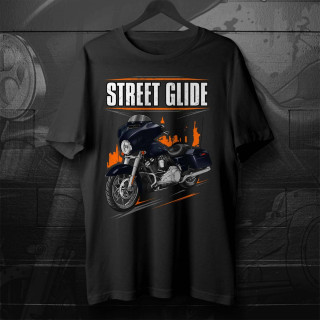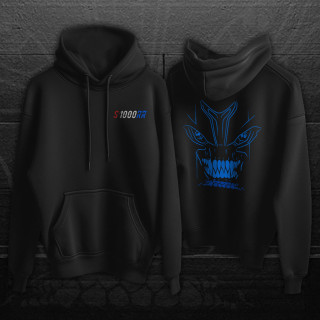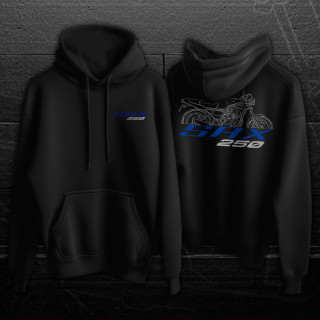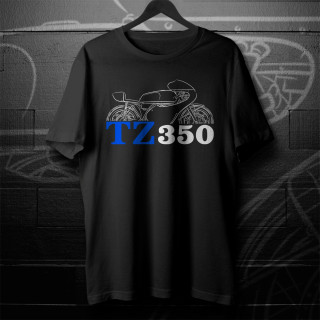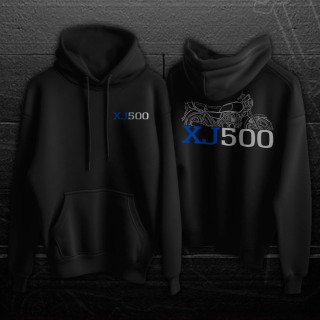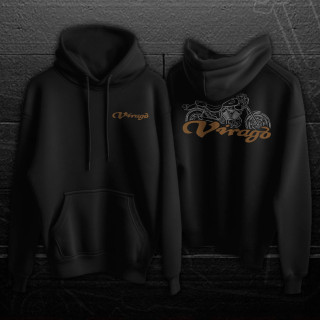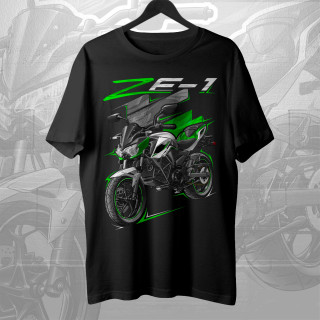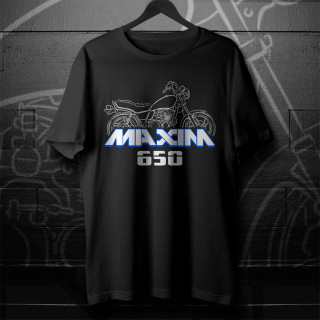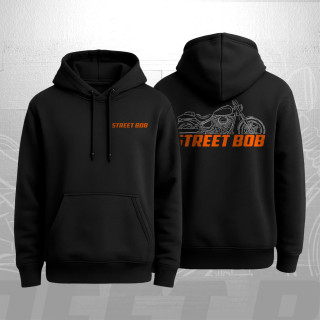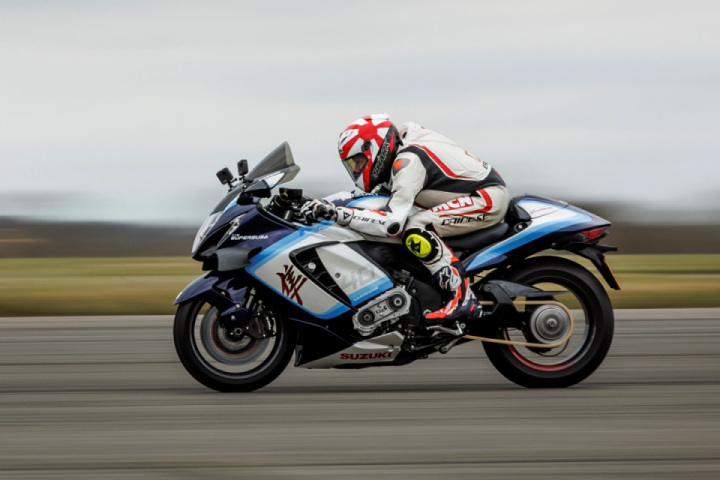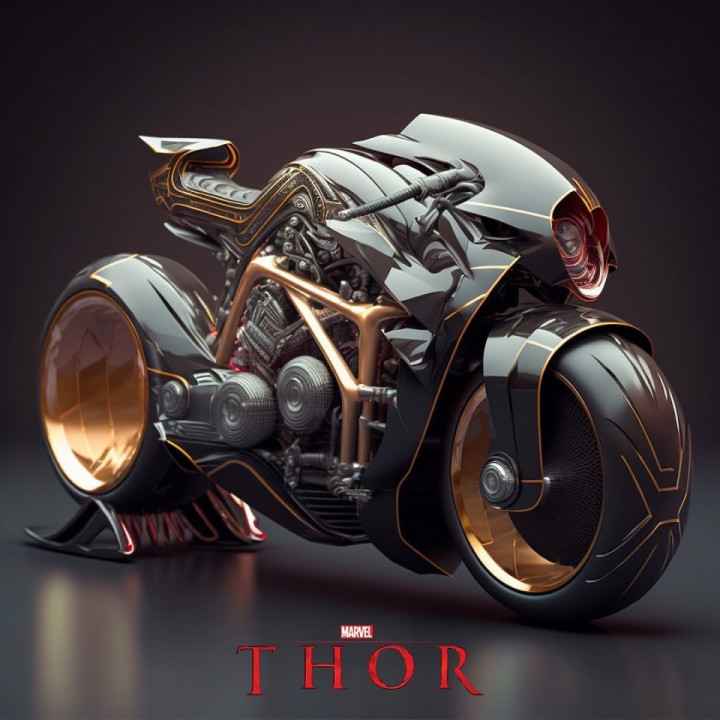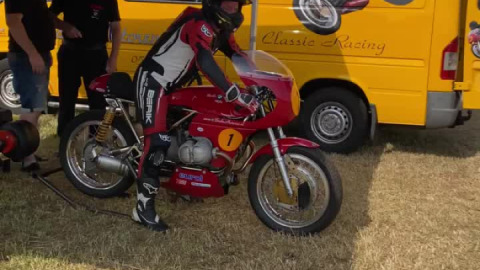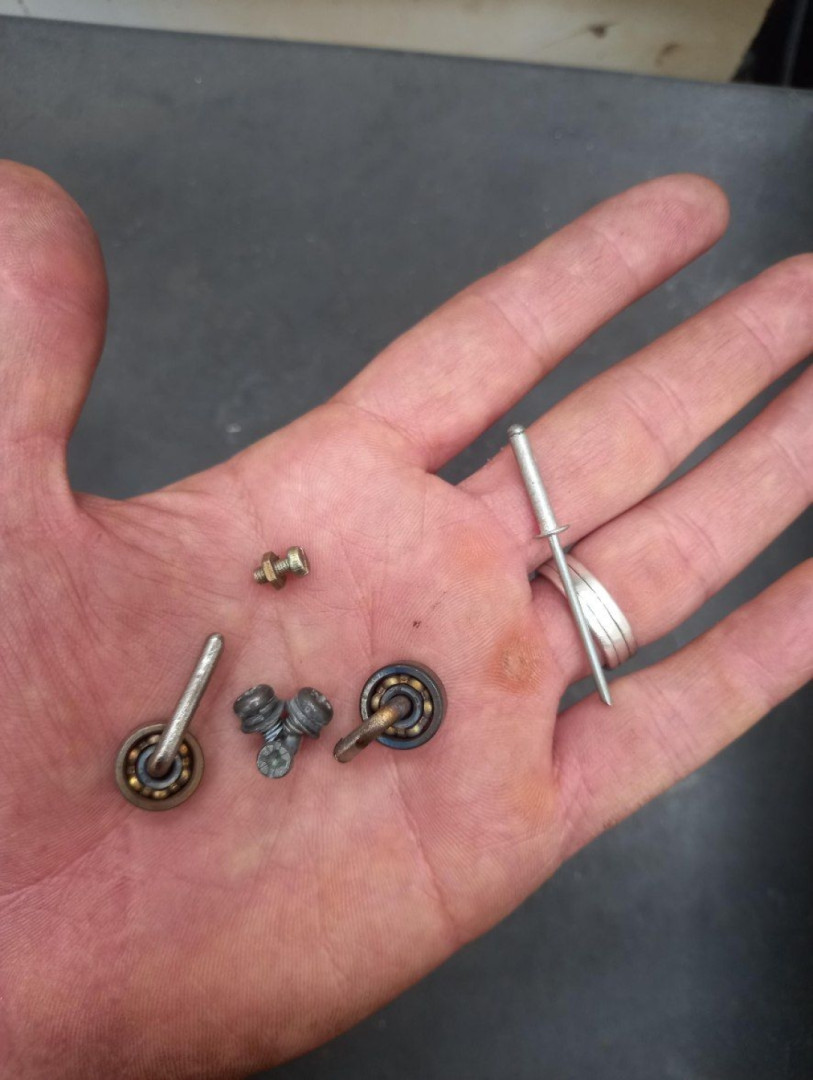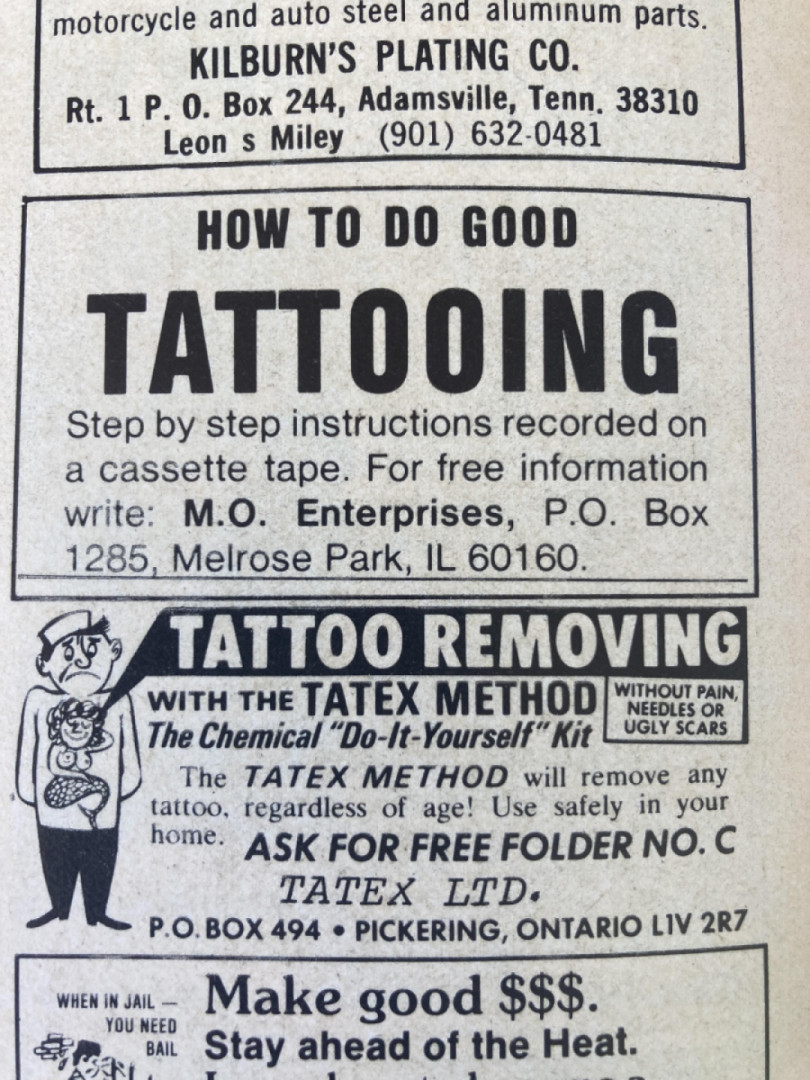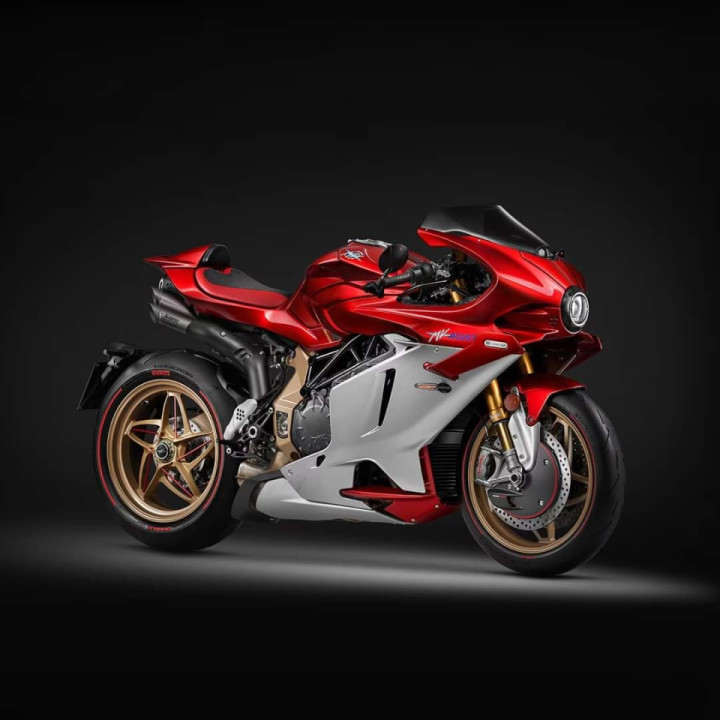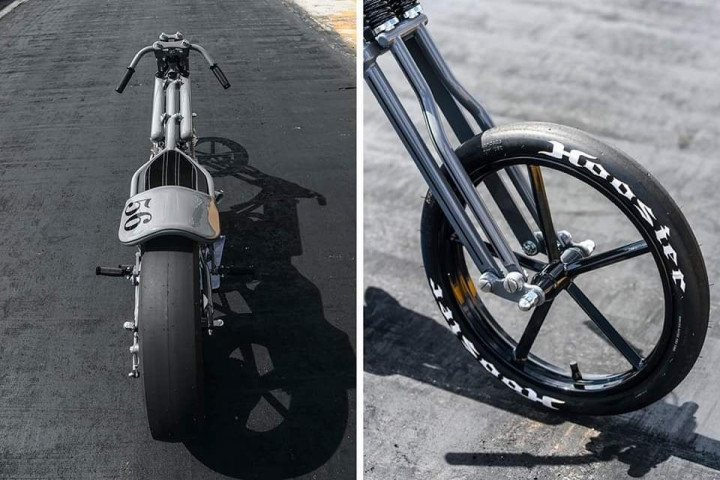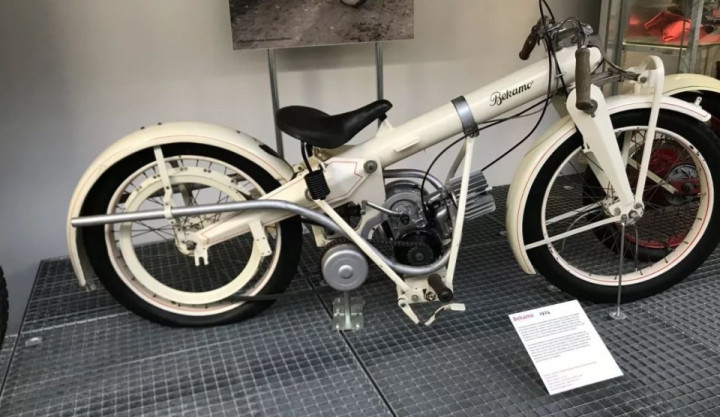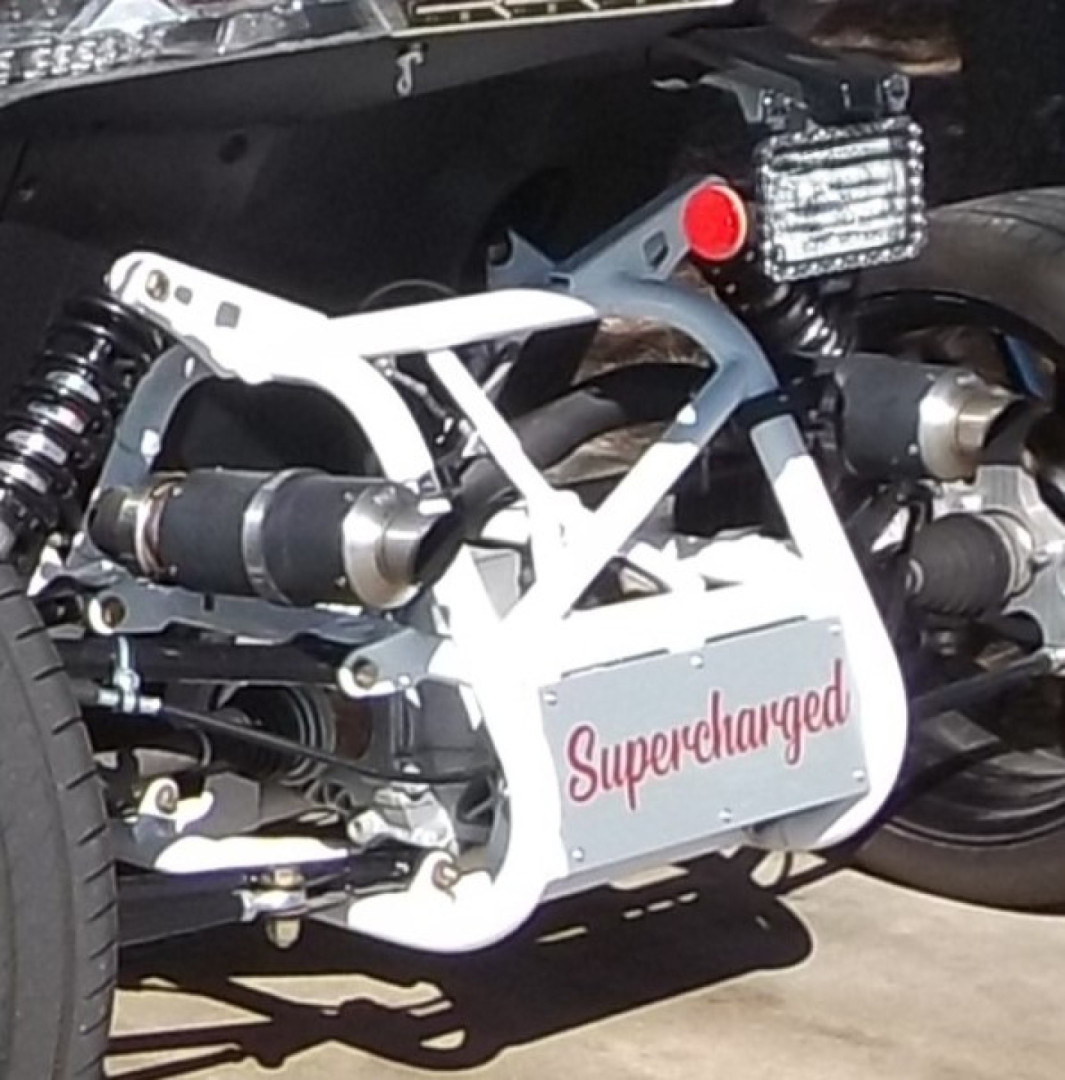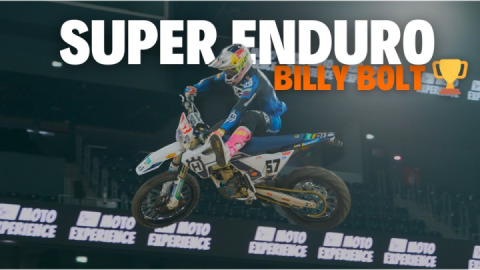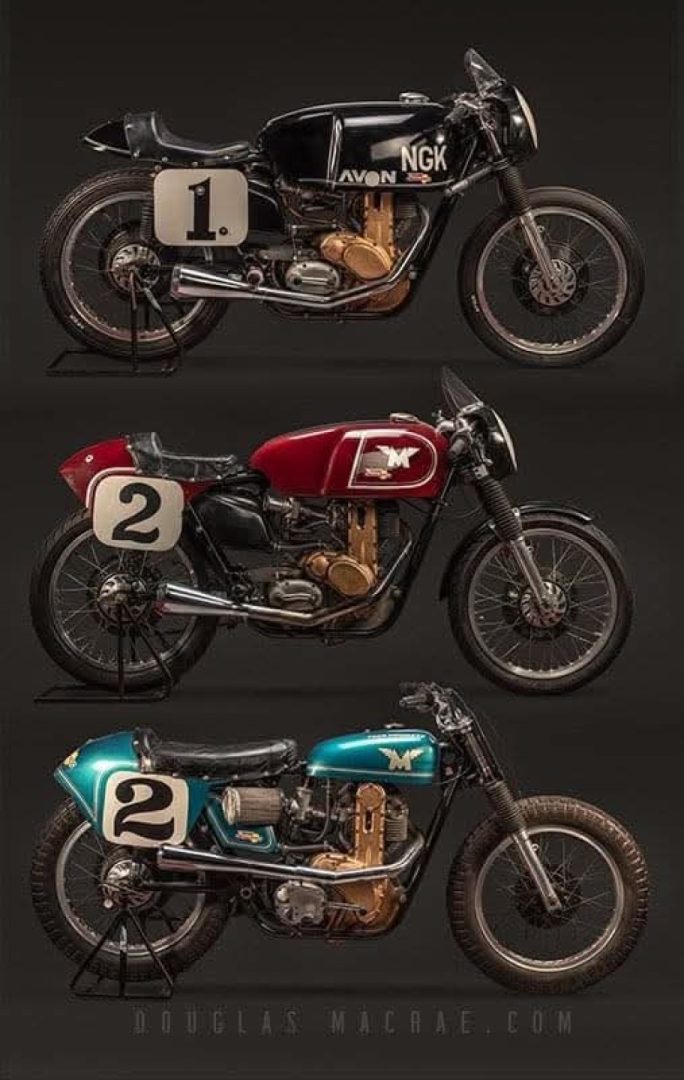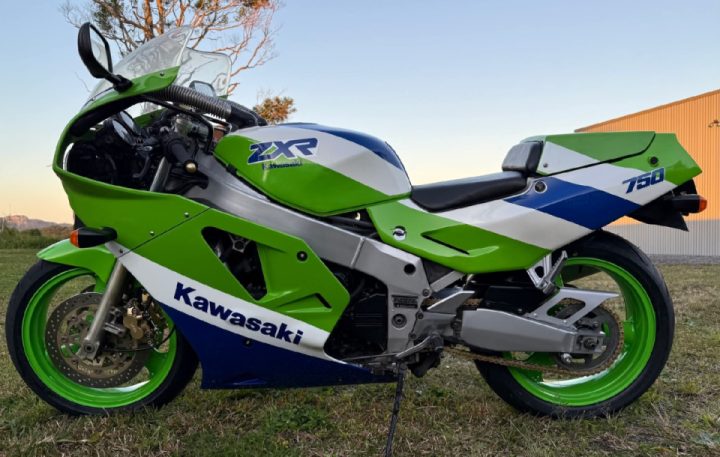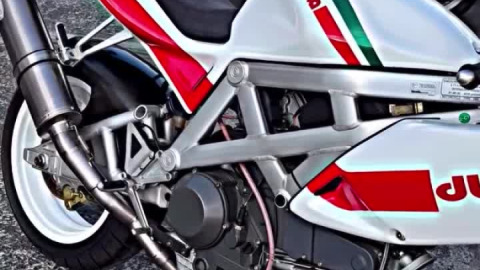While we loved the quirky Morgan 3 Wheeler, we always knew that it wouldn't get to grow nearly as old as the English sports-car maker's other long-lived models. That was because the S&S flat-twin engine that powered it, which defined both its frontal appearance and its driving behavior, was barely able to pass stringent European emissions standards back when the car was new in 2013. By the time it retired in 2020, its air-cooled engine had been strangled like a malaise-era V-8, its output cut to just 82 horsepower—early ones had made 116 hp—while the rising cost of the U.S.-made powerplant had pushed the 3 Wheeler's price up to a hefty $59,000.
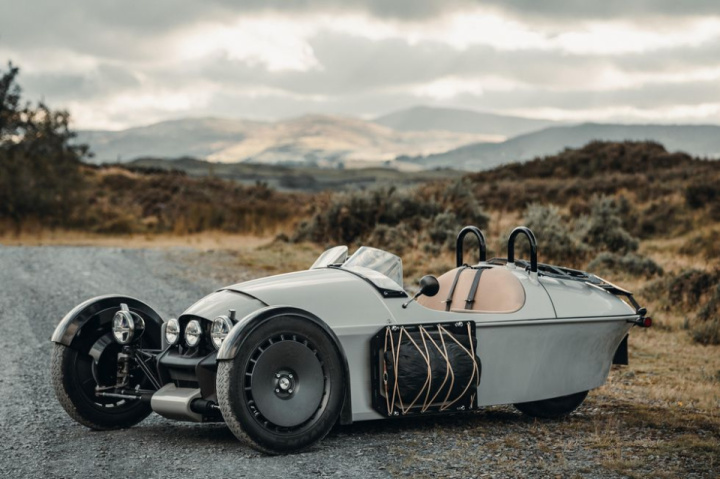
Which is why you’re looking at a new and substantially different three-wheeler from Morgan: the new Super 3. The biggest change is obvious from the first glance: the loss of the motorcycle engine for a water-cooled powerplant in the form of a 1.5-liter Ford three-cylinder engine. But the rest of the car has been substantially modernized, too, and we're promised that the version that will be reaching U.S. buyers later this year will be cheaper, faster, and better to drive than its characterful predecessor.
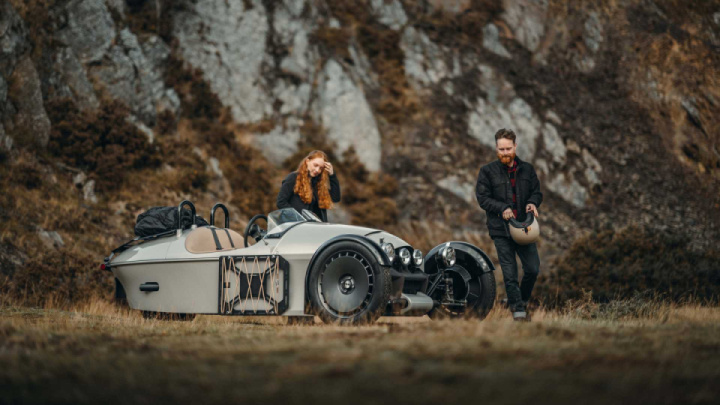
The new engine has dramatically altered the Super 3's front-end appearance. The Super 3 now features a mesh grille covering the bulkier motor where the old car's cylinder blocks were on proud display. Morgan's designers have chosen a much squarer design to surround the bulkier new powerplant. It stands in contrast to the curved teardrop shape further back, with an exposed cast metal crossmember acting as both a mounting point for the front suspension and a design element. Europe-market Super 3s will have their headlights mounted farther out, as seen here, but U.S.-bound examples—which are legally regarded as motorcycles—must have theirs mounted closer to the centerline within the grille aperture.
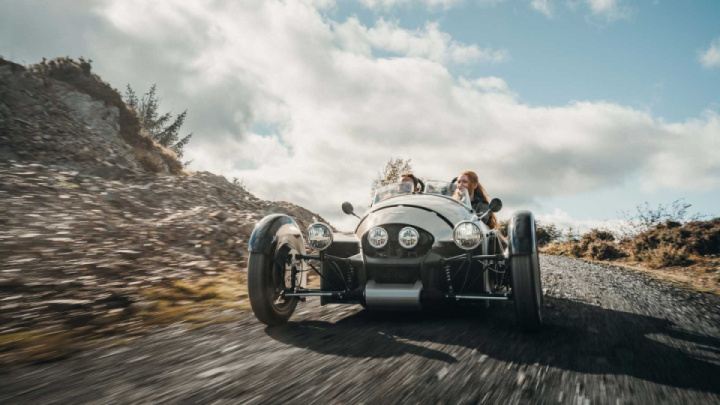
The Ford engine produces peaks of 118 horsepower and 110 pound-feet of torque and will work against a claimed dry weight of just 1400 pounds. Morgan is anticipating a zero-to-62-mph time of around seven seconds and a top speed of 130 mph. As before, power is channeled through a five-speed manual gearbox from the Mazda Miata; a six-speed was considered, but the extra ratio was reckoned unnecessary. This drives a bevel box to turn a belt connected to the single rear wheel, the layout meaning there is no need for a differential. Nor is there any power steering or ABS for the braking system, so Morgan hasn't become too modern. The offset design of the thin front wheels, which will be available in both 13- and 14-inch sizes, has tightened the turning circle compared to the old car. For brakes, Morgan continues to use discs at the front and a drum at the rear.
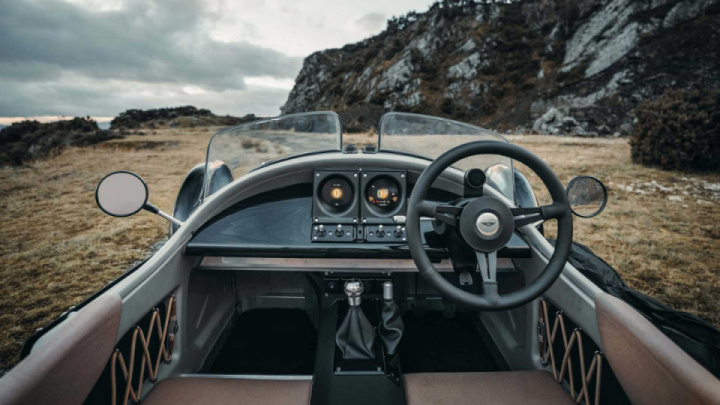
The Super 3's structure is another significant innovation for this most traditional of car companies, marking the brand's first use of monocoque construction. That also means, even more shockingly, that the Super 3 doesn't have its bodywork mounted to a wooden substructure, a feature that has been common to every previous Morgan since the firm's foundation. Instead, the whole body is made from superformed aluminum. As before, there are no doors or roof, with different sizes of plastic windscreens being offered as options. External accessory rails will allow bags, carriers, and even cameras to be clipped on; their design is protected by the first patent Morgan has ever registered.
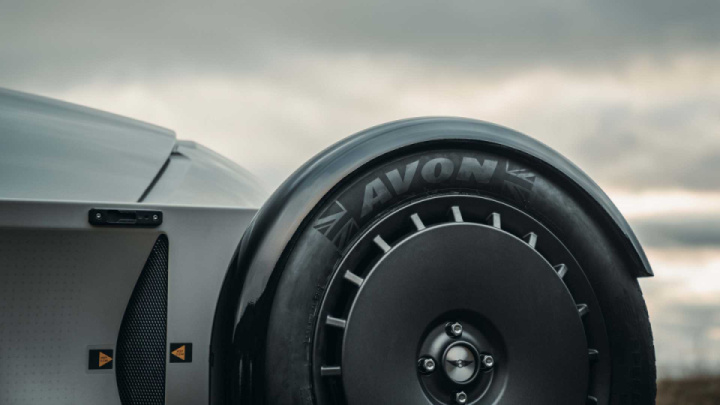
The minimalist cabin is designed to be entirely weatherproof; Morgan says it is possible to clean the interior with a jet wash. Switchgear and the twin round digital displays in the center of the dashboard all meet the international IP4 standard for dust and water resistance. Seats are fixed, but the pedal box moves for different-size drivers. Material choice will include vinyl, saddle leather, and tough "adventure spec" fabric. Buyers will be able to choose from a wide range of colors, and, as with the old 3 Wheeler, some visually striking graphics packs.
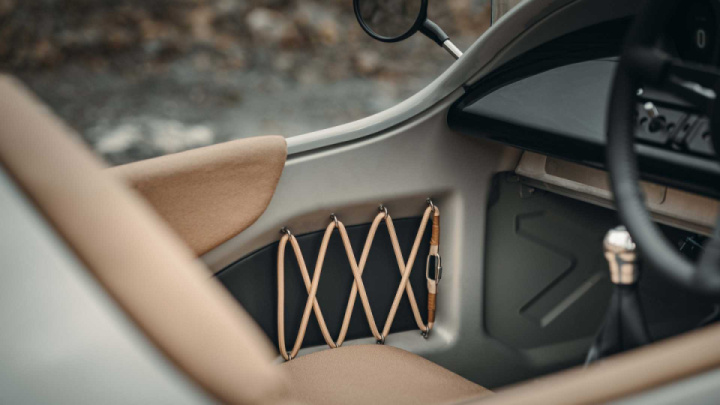
We don't have finalized pricing yet, but Morgan promises the Super 3 will be both cheaper and better equipped than the P101 runout edition of the old car. The first U.S. customers will be getting their cars before the end of the year.
Sourse: caranddriver



